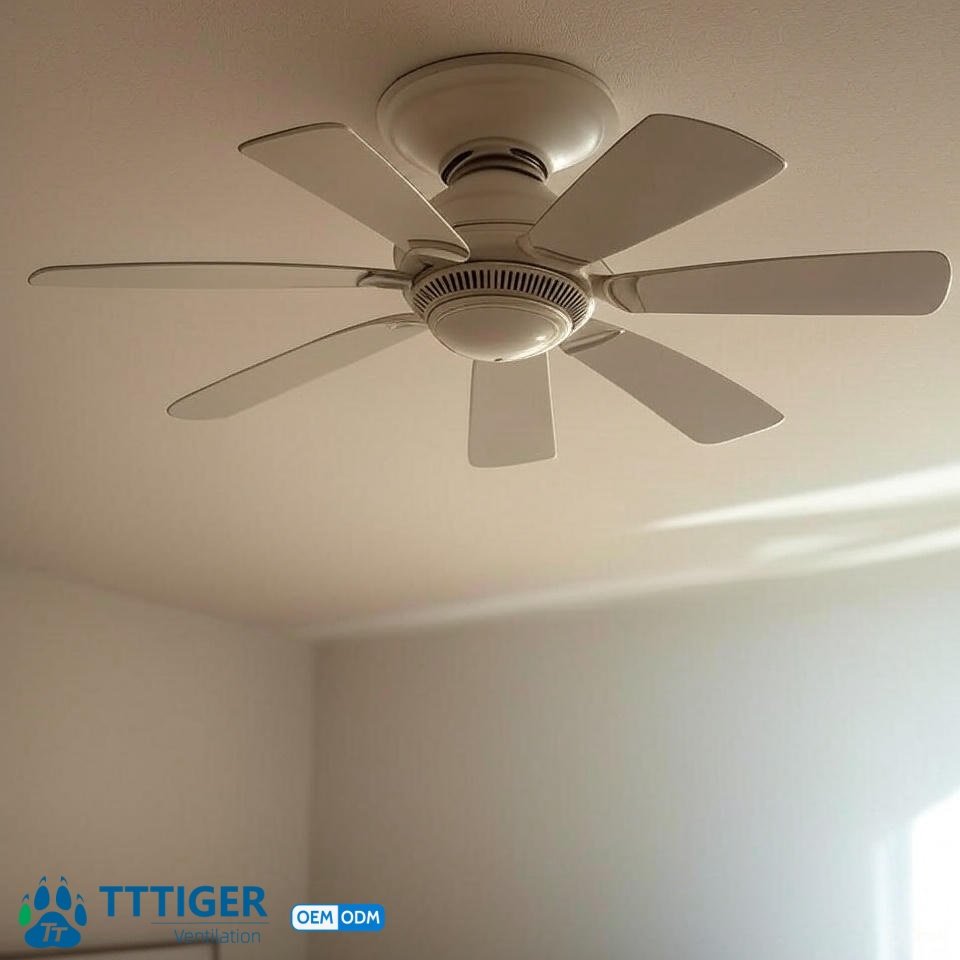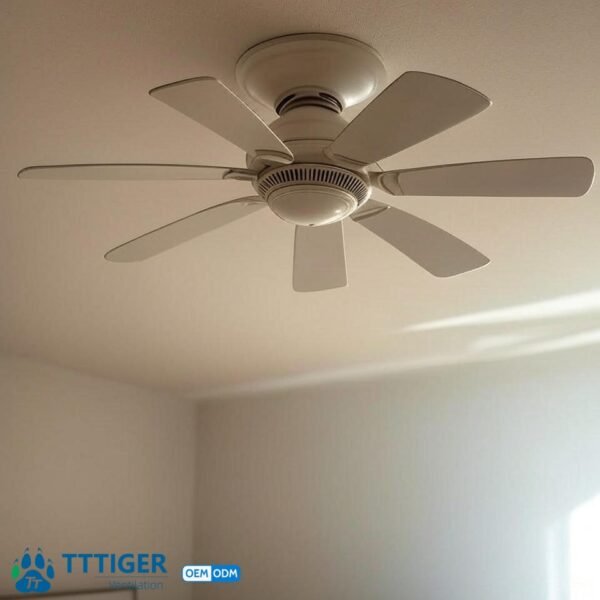
Ceiling Exhaust Fan: The Ultimate Guide to Choosing the Best One for Your Space
Introduction
A ceiling exhaust fan is an essential appliance for maintaining proper ventilation, reducing humidity, and improving air quality in homes, offices, and commercial spaces. Unlike regular ceiling fans, exhaust fans actively remove stale air, odors, and moisture, making them ideal for kitchens, bathrooms, garages, and workshops.
In this comprehensive guide, we’ll explore the benefits, types, features, and installation tips for ceiling exhaust fans to help you make an informed decision.
Why Do You Need a Ceiling Exhaust Fan?
Improved Air Circulation – Removes hot, humid air and replaces it with fresh air.
Odor & Smoke Elimination – Perfect for kitchens to eliminate cooking smells and smoke.
Mold & Mildew Prevention – Reduces moisture in bathrooms and basements.
Energy Efficiency – Helps regulate indoor temperature, reducing AC workload.
Enhanced Comfort – Keeps spaces cooler and more breathable.
Types of Ceiling Exhaust Fans
1. Standard Ceiling Exhaust Fans
Basic models for general ventilation.
Suitable for bathrooms and small kitchens.
2. Industrial Ceiling Exhaust Fans
Heavy-duty fans for garages, workshops, and factories.
High CFM (Cubic Feet per Minute) for powerful airflow.
3. Decorative Ceiling Exhaust Fans
Stylish designs that blend with home décor.
Often used in living rooms and bedrooms with dual functionality.
4. Energy-Efficient Ceiling Exhaust Fans
Equipped with DC motors for lower power consumption.
Ideal for eco-conscious homeowners.
Key Features to Consider When Buying a Ceiling Exhaust Fan
✅ CFM Rating – Higher CFM means better airflow (choose 50-100 CFM for bathrooms, 150+ CFM for kitchens).
✅ Noise Level – Look for fans with <2 sones for quiet operation.
✅ Motor Type – AC (affordable) vs. DC (energy-efficient).
✅ Material & Durability – Stainless steel or rust-resistant finishes for longevity.
✅ Smart Features – Wi-Fi control, humidity sensors, and timers for convenience.
Installation Tips for Ceiling Exhaust Fans
Choose the Right Location – Install near moisture or odor sources (e.g., above stoves or showers).
Proper Venting – Ensure ductwork leads outside, not into an attic.
Correct Wiring – Hire an electrician if unsure about electrical connections.
Regular Maintenance – Clean blades and check for blockages every few months.
FAQs About Ceiling Exhaust Fans
Q: Can a ceiling exhaust fan replace a regular ceiling fan?
A: No, exhaust fans remove air, while regular fans circulate it. Some models combine both functions.
Q: How often should I run my exhaust fan?
A: Run it during and after showers or cooking for 15-30 minutes.
Q: Are ceiling exhaust fans hard to install?
A: Basic models are DIY-friendly, but complex installations may require a professional.
Conclusion
A ceiling exhaust fan is a smart investment for better air quality, moisture control, and comfort. Whether you need a simple bathroom fan or a heavy-duty industrial model, choosing the right CFM, motor type, and features will ensure optimal performance.
Looking for the best ceiling exhaust fan? Learn more for a fresher, healthier home!

